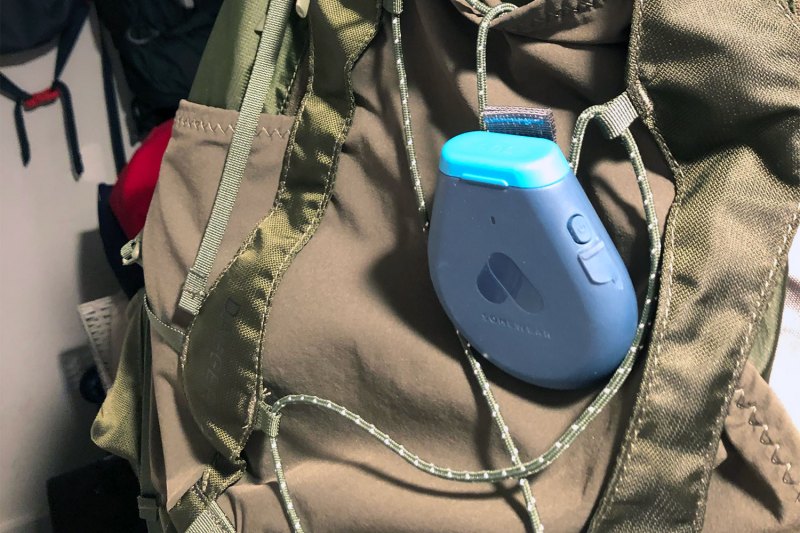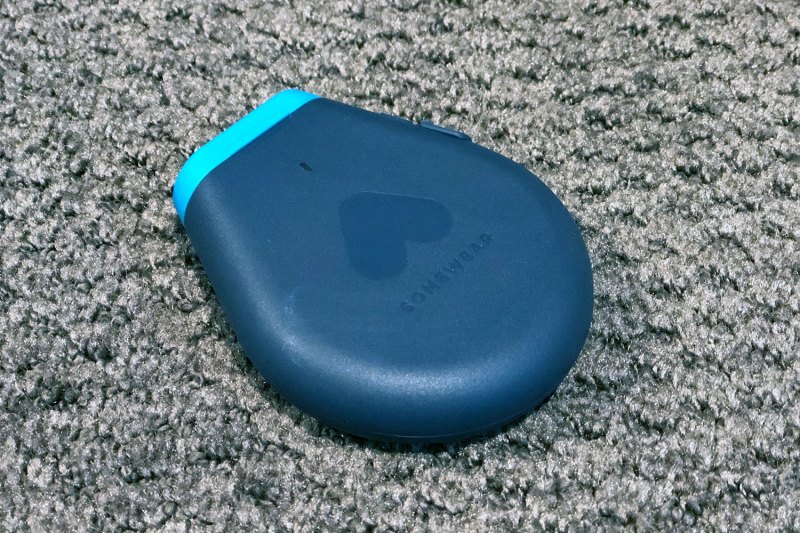If you’re planning to go off the grid and disappear into the back country, whether to evade the long arm of the law, to avoid an acquisitive ex, or just to be all by your lonesome for a while, then a Somewear Global Hotspot is just about the worst product you could buy.

On the other hand, if you want to be able to use your phone anywhere from Antarctica to the Amazon to the middle of the Indian Ocean, and you want your support team (or your SO) to be able to track you as you trek the PCT or run at UTMB, or you want regular weather reports as you plot that summit push, this little device is a must-have. In fact, if you’re truly going far afield, Somewear’s Global Hotspot may be one of the most important pieces of gear you bring along, right up there with your shelter, water filter, jacket, and other things that help keep you alive.
The Global Hotspot does not turn your smartphone into a satellite phone, but it does the next best thing for much less cash: the Global Hotspot lets you send and receive text messages from anywhere on the surface of the planet. Literally anywhere — if you can see the sky, you can send or get texts thanks to satellite connectivity. The Hotspot also means your location can be tracked, critical for delivery of supplies in a best case scenario, for search and rescue in a worst case. (Though actually it won’t be a worst case scenario, because you’ll be found thanks to the “cross-linked Low-Earth-Orbit (LEO) constellation of 66 active satellites of the Iridium network [that] provides 100% global coverage across oceans, airways, and polar regions,” according to Somewear’s site.)

Once fully charged, the device, which is about the size and weight of a pack of playing cards and that easily clips onto a pack, has a 10-day battery life and is rated for more than 1,000 messages sent or received per charge cycle. It will stay operable in temperatures as cold as four below zero (Fahrenheit, mind you — super cold) or up to an off-the-charts 140 degrees Fahrenheit. It’s highly water-resistant, floats, and won’t break with a drop or ten. The Hotspot enables your phone to send and receive SMS messages, lets your movement be tracked by the Somewear app, and can be set up to let you monitor the weather where you are so you can plan your movements (or lack thereof) accordingly.

There is a monthly plan required, and for unlimited messaging and satellite pin drops (marking your location, e.g.) the price is rather steep at $50 per month. But cheaper plans are available (as in as low as $9 for the bare bones) and when you realize that you are literally putting a price on safety, the added cost becomes quite digestible.



